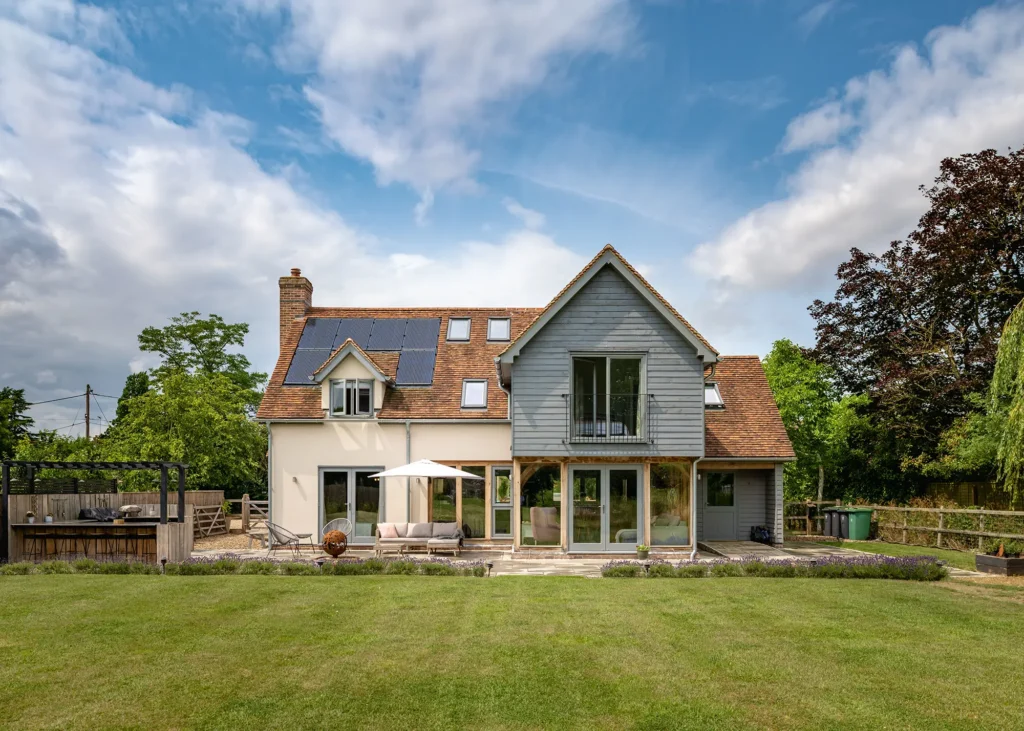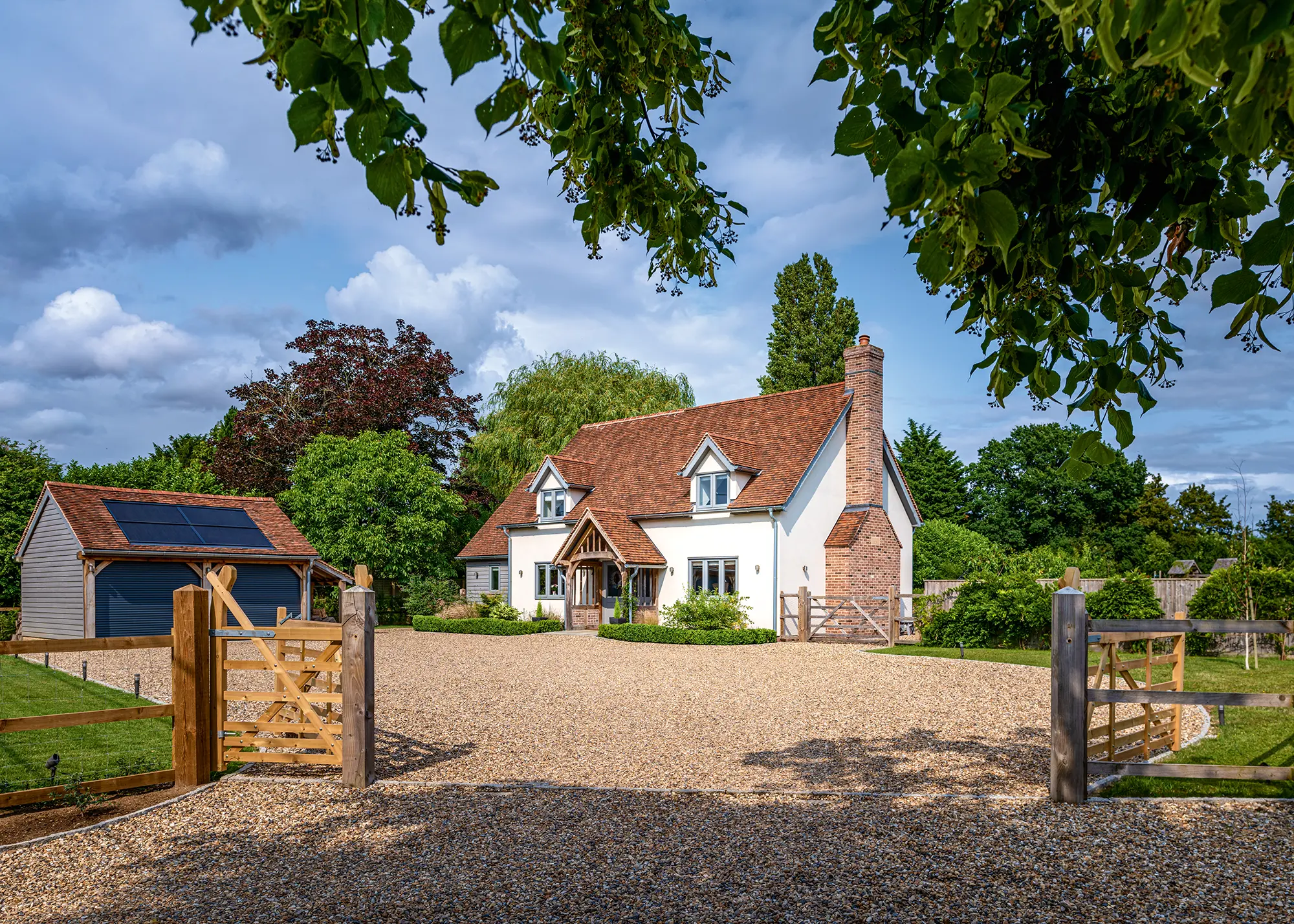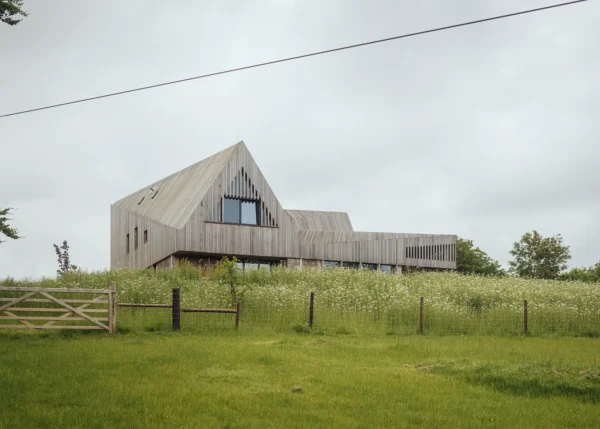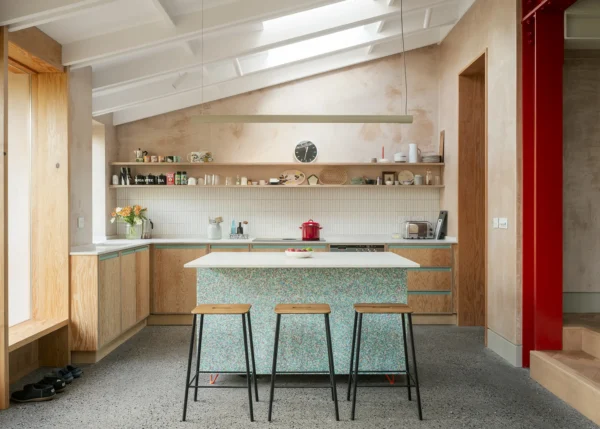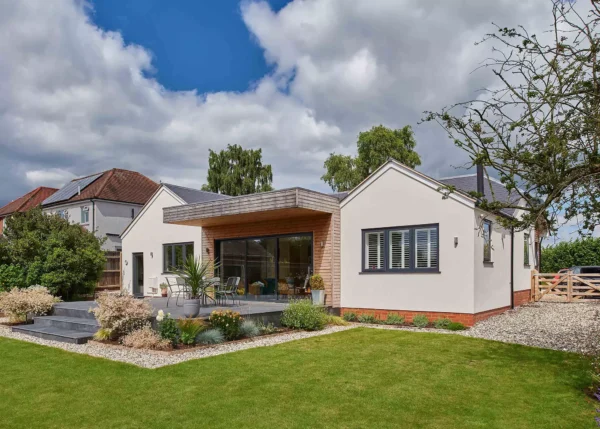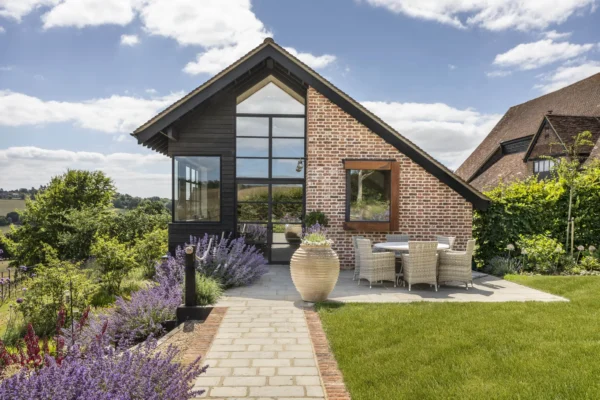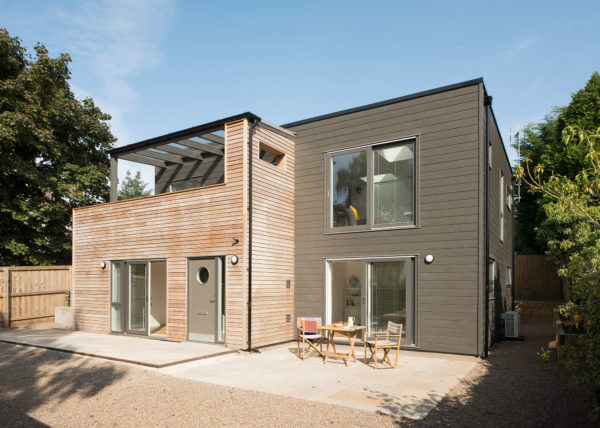Understanding a Plot’s Planning History & How it Can Help Your Application
We planning consultants love to find that a site we have been asked to assess has a long and detailed planning history. Rather than trudging through local and national planning policies and squinting at maps of flood zones, settlement boundaries and areas of green belt, we can quickly judge from similar, previous applications whether a proposed new home or extension has got a chance of being approved.
To help you do the same, here I explain how you, the self builder or renovator, can access and interpret a site’s planning history in order to judge whether or not it has development potential.
What is Planning History & Why is it Important?
The planning history is the list of planning applications that have been considered by the local authority. In the not-too-distant past, a search of the council’s register of planning applications meant a trip to the town hall, but these days you can bring up this list on your local council’s website by navigating to the planning pages and searching by address or using the map function to find a specific plot.
From there, you should be able to download the decision notice, the case officer’s assessment, copies of representations by neighbours and third parties, plus the plans and other documents that have been submitted by the applicant.
When looking for a plot of land, you should always check the planning history – it can be a mine of useful information. I often assess sites for clients who have been told by the agent that it is likely that permission would be granted, and discover that the seller has tried several times to get permission for a self build and been unsuccessful. That is not necessarily the end of the story – it may be that the applications were poor quality and that the refusals could be overcome – but it’s clearly information you would like to have before making a bid.
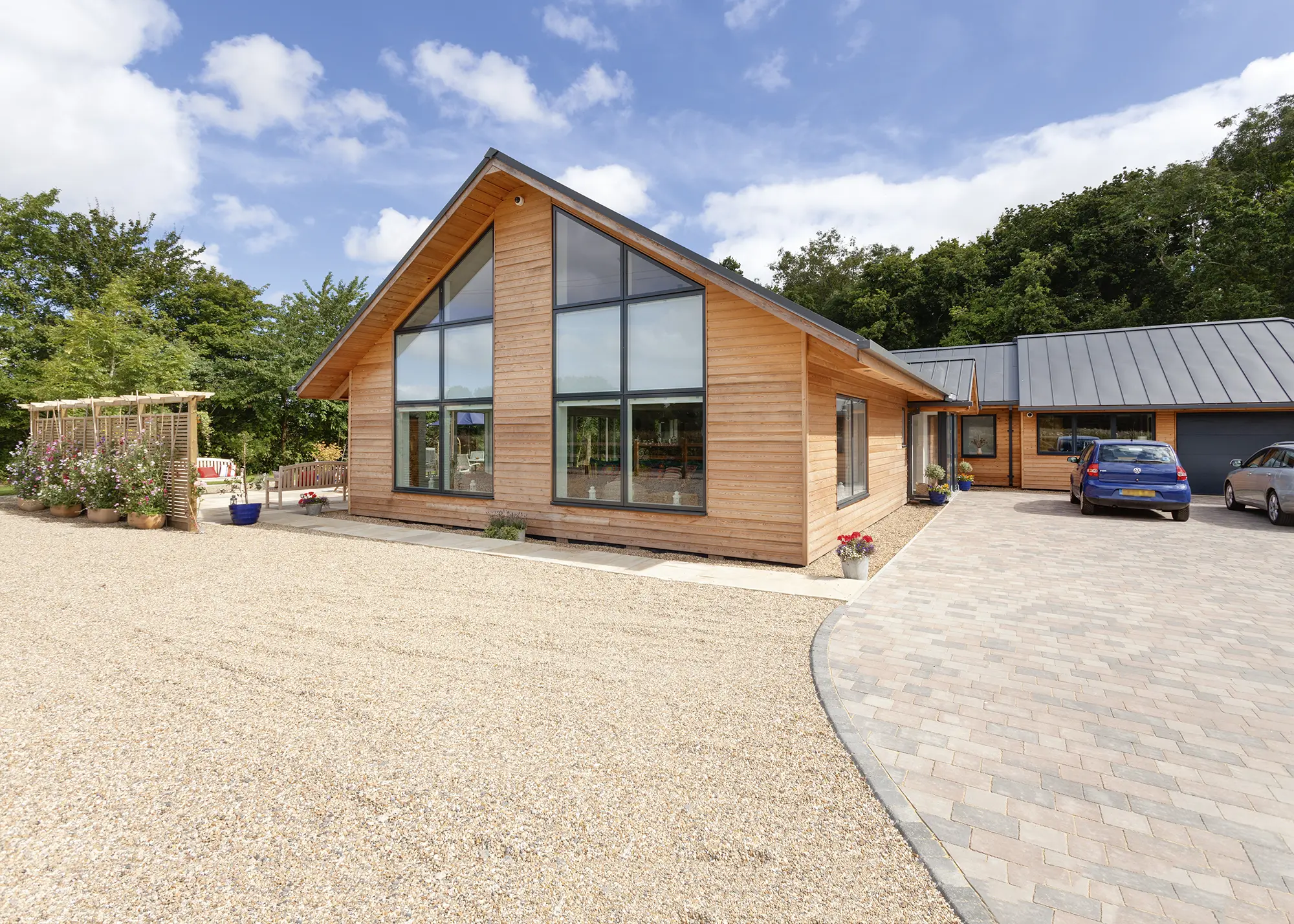
Diana and Colin McCabe had originally applied for planning permission on their farmland plot 10 years prior to their self build project. Consent was refused at the time because the farm was slightly outside of the local village. But given that regulations had changed by the time they came to revisiting it, the couple believed it was worth trying again. The full planning committee met to discuss the scheme, and since there were no objections from neighbours, the application was eventually approved. Photo: Bruce Hemming
I have also acted for clients considering sites with no planning history who have been told by an agent that they are likely to get permission “because next door got it”. A quick review of the neighbour’s planning history has then revealed that there is no such approval, or their permission was given for very specific reasons – it was only granted on the basis that an existing building was being redeveloped, for example.
Even if the site you are looking at already comes with planning permission, it is sensible to familiarise yourself with the approval and any previous applications. Perhaps permission was only granted on the basis that very expensive groundworks would have to be carried out, or that a tree you fell in love with on the site visit would be chopped down.
Any objections from neighbours might reveal a long simmering dispute over a boundary that you would inherit. Finally, always check when the permission was approved, so that you can be sure you have enough time to start work onsite before it expires (usually after three years), and check for unexpected conditions or legal agreements that might trip you up.
CASE STUDY Oak frame self build in EssexMatt and Sarah Switzer joined forces with a local couple to try for planning permission for two homes on their 1.5-acre site. The Switzers meticulously studied the historical planning refusals for the plot, putting together a 30-page document addressing each point. A lack of affordable and suitable housing in the area worked in the couples’ favour – who submitted two off-the-shelf designs from Welsh Oak Frame as part of their application, which also ticked the council’s boxes for a sustainable design that blended into the location’s countryside context. The planning officer recommended a refusal, however, for fear that granting permission would open the floodgates to over-development of sites outside the dedicated boundary. But the two couples did not intend to build and move on – they wanted these to be their forever homes. Two local councillors showed their support for the builds by requesting that the couples’ application was called into for deliberation by the planning committee. “The meeting cracked open a window of opportunity, as we were allowed to speak for a few minutes to justify our reasons building,” says Matt. “The committee members came to look at our site and voted unanimously in our favour – and our dream began to become real.” Photos: Nikhilesh Haval |
What is the Officer’s Report & How Can it Come in Handy?
By far the most useful document in a site’s planning history is the officer’s report, which is also referred to as the delegated report or the committee report. It is a statement written by the case officer to explain how they reached their decision. It is public information, so if it is not showing on the council’s website (and it sometimes isn’t), request a copy. It is a platinum resource in planning, and I cannot emphasise enough how much benefit you can gain from understanding it.
At first glance, officers’ reports can be long and intimidating, with lots of planning jargon. As a case officer in local councils, I used to write these papers, and I can tell you that most of each document is pre-populated by the computer system with basic information or standardised text. Scan past the boring bits and focus on the part where the case officer weighs up the main issues at stake. That analysis will give you valuable clues and a good indication as to how and whether a plot of land could be developed.
How Can You Use a Neighbouring Site’s Planning Application to Your Advantage?
If you are looking at the officer’s report for a similar proposal on a neighbouring site, it is important to establish whether the points discussed by the case officer apply equally to your plot. If an application next door was refused because of its impact on a protected tree, but there are no trees on or close to your site, you might have reason to believe that your application may be successful.
If a neighbouring proposal is refused because of its location in the green belt, and your site is also in the green belt, it may be an indication that the site has no potential for development.
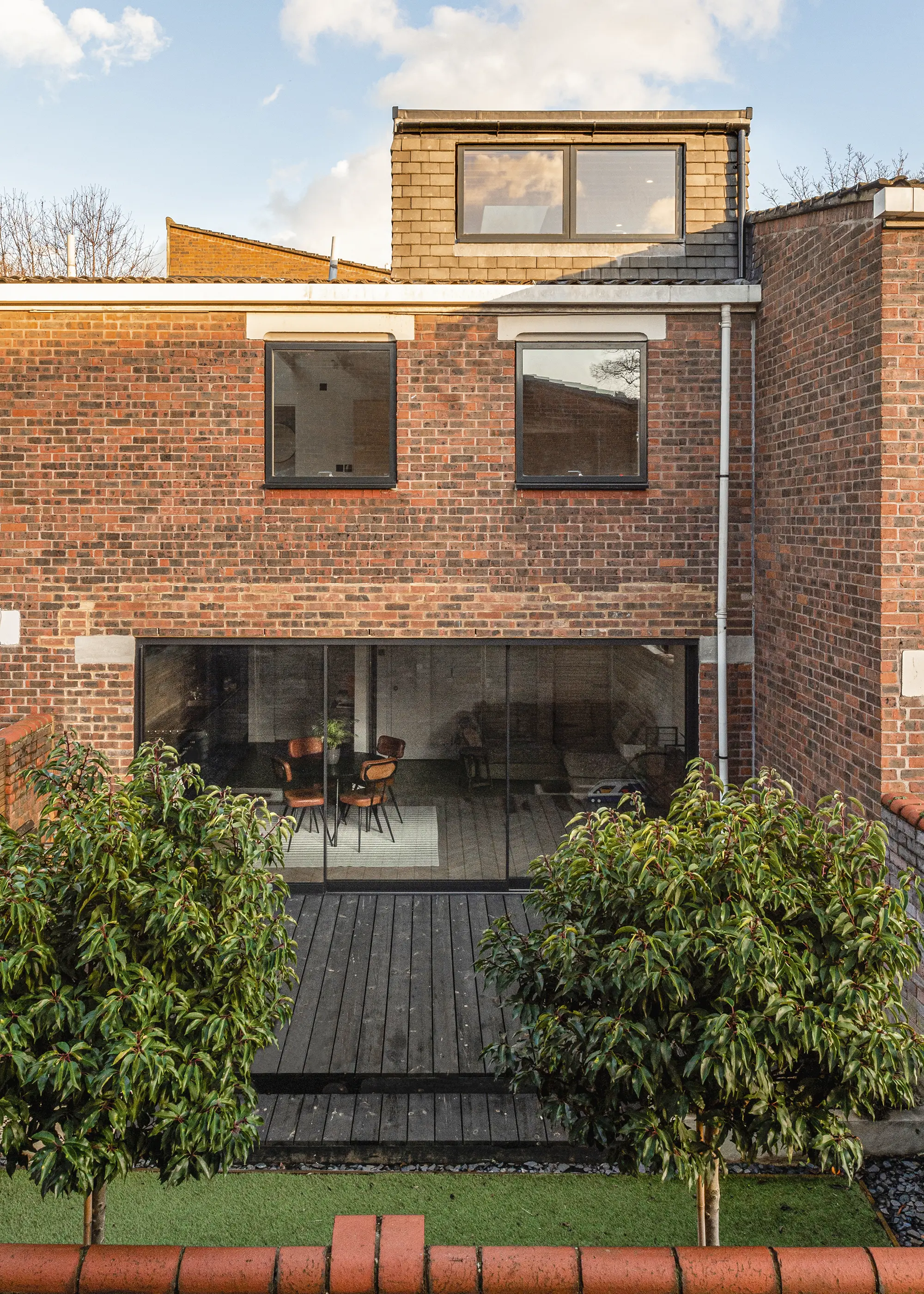
Unlike others on the estate, the owners of this project, designed by Bradley Van Der Straeten Architects, were unable to secure planning permission for a single-storey loft extension. They received two planning refusals on the basis that they weren’t allowed to build any higher than the highest point of the existing roof, due to its lower profile. So, the solution was a half-height roof extension that used split levels to maximise volume in the space. Photo: French + Tye
When you’re assessing a site for sale where an application has previously been refused, see if the council’s documents suggest whether there’s an alternative that could work – perhaps a two-storey new-build house was seen as too much by the planners, but a bungalow could be approved (and a single-storey new build is just what you were looking for!).
This process also works for simple homeowner extensions. If you would like to build onto the rear of your house and expand your kitchen to create a large, open-plan zone, or extend into the loft to make space for an ensuite bedroom, look up similar local applications to see what your neighbours have been able to achieve. The officer’s reports will assess local applications against the council’s usual criteria – reading them is the most effective way to find out what the criteria are.
QUICK GUIDE Planning history checklistAre you buying a plot with planning permission? Check your site’s history for the following pointers:
|
It’s Important to Remember that Planning History Doesn’t Promise Approval
A word of caution: although what has happened before is a good guide to the future, be careful about making important decisions based on your interpretation of a site’s planning history. The planning history is a shortcut to what might be possible, but it’s not a guarantee.
The fact that permission for a development was granted at a neighbouring site does not prove that the same work will be allowed at yours. Sometimes there is a site-specific reason that justifies approving an application on one plot but not next door. Planning policies also change over time, so an approval several years ago may not be a good guide to what you can achieve now.
Sometimes councils grant permission on one site and simply decide that it was a mistake and resolve not to repeat their error, no matter how unfair that seems. It is in these scenarios where the expert advice of a planning consultant may help.






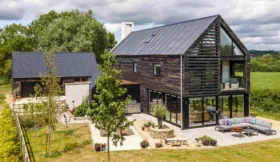













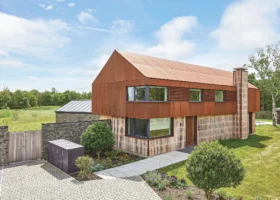







































































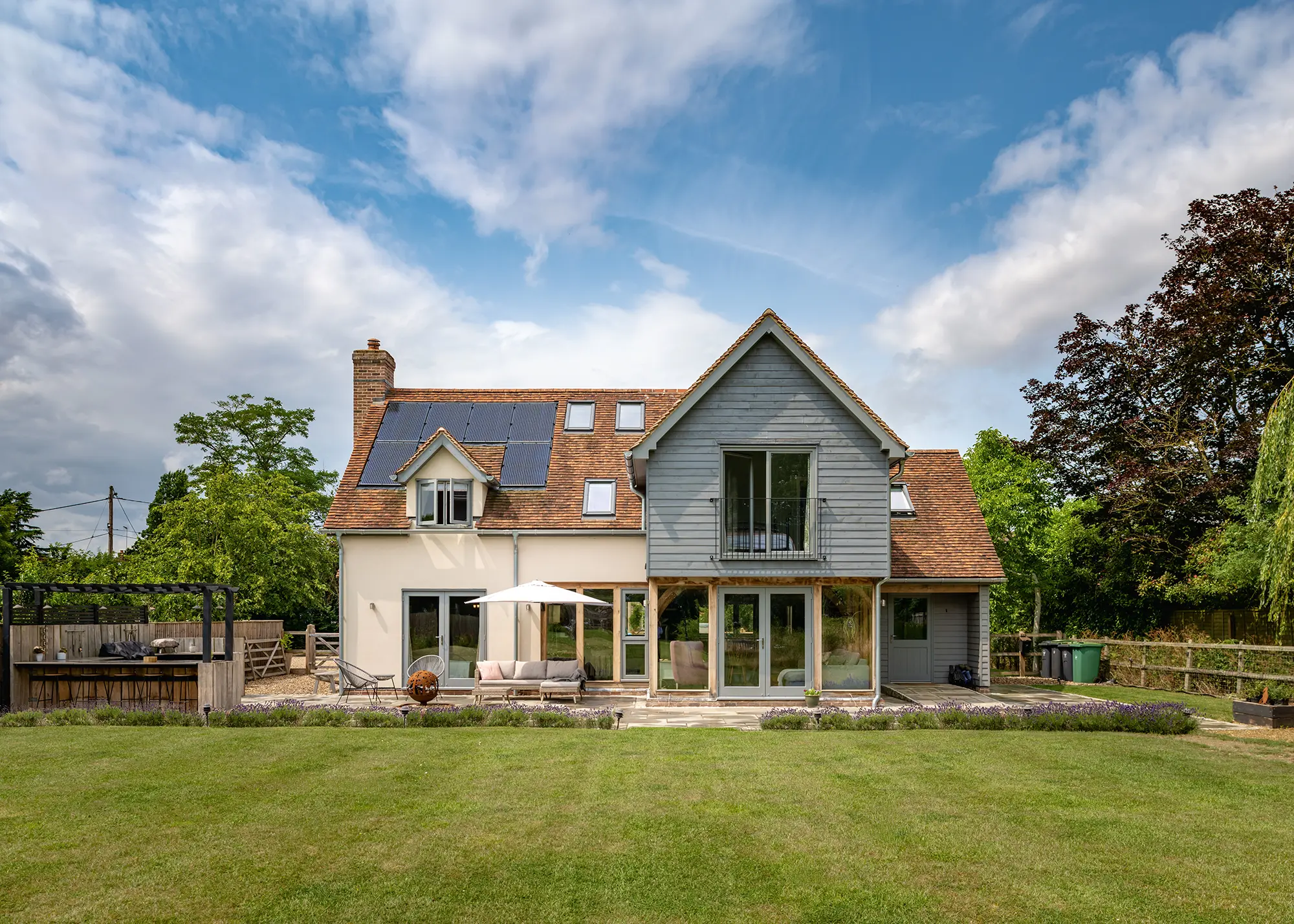
 Login/register to save Article for later
Login/register to save Article for later

